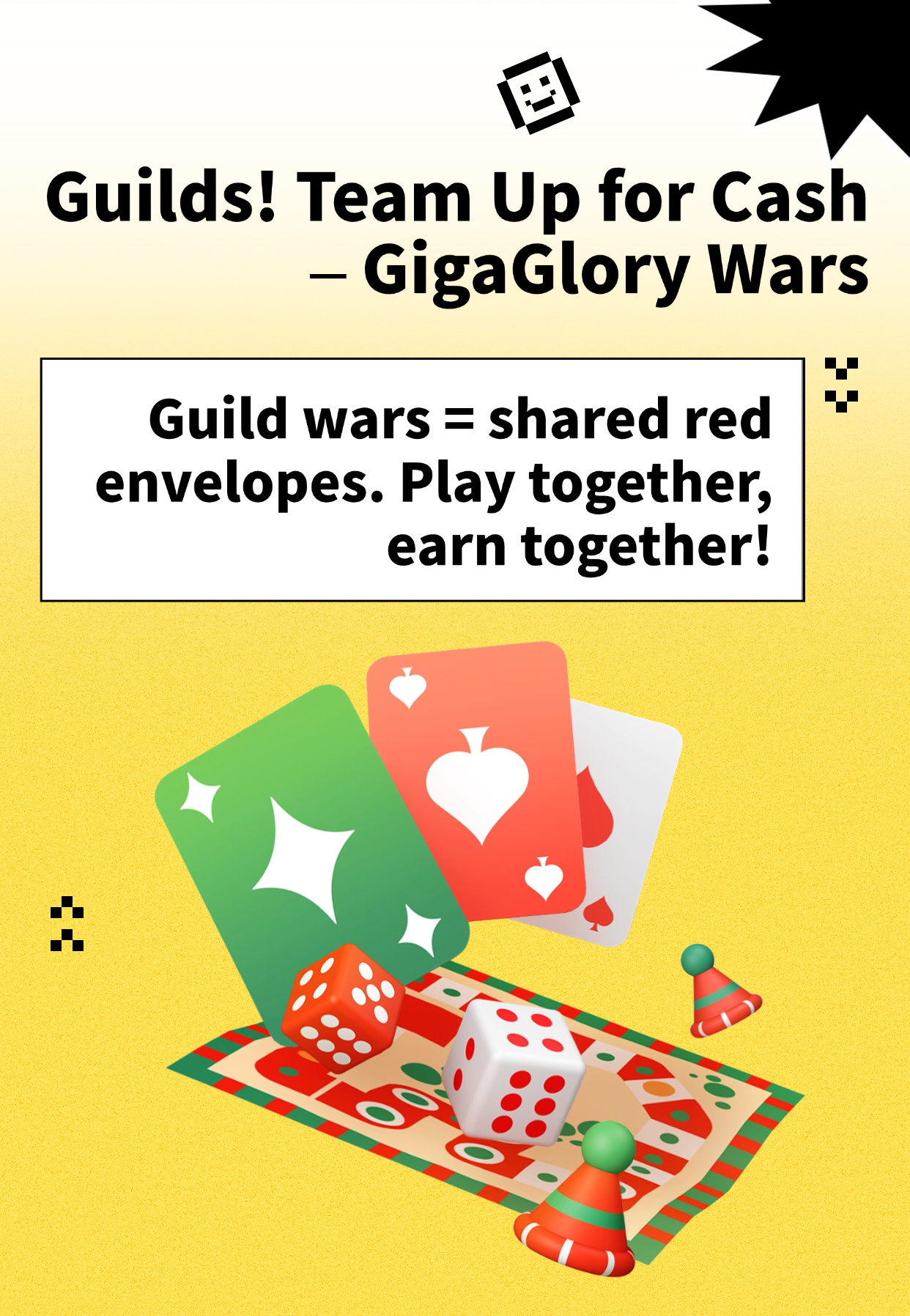Why Sandbox Games Are the Ultimate Simulation Experience for Creative Players
In recent years, sandbox games have gained popularity for their unique blend of open-ended exploration and creative expression. Unlike linear games, sandbox titles allow players to mold their environment, experiment, and play in ways that fit their personal styles. This article will uncover why sandbox games stand out in the realm of simulation games, citing examples like Zelda: Tears of the Kingdom and the intriguing world of the Last War Survival Game Online.
The Essence of Sandbox Games
- Freedom of Exploration: Players are not limited by preset paths.
- Creative Expression: Build, destroy, or invent—it's all up to you.
- Community Engagement: Join forces or compete with others in vast virtual realms.
Exploring the Simulation Aspects
Simulation, at its core, is about mirroring real-life processes. Sandbox games amplify this by granting the player control over their surroundings. They mimic the complexity and unpredictability found in the real world, offering immersive experiences. Whether you're fending off enemies in a survival scenario or building a custom civilization, simulation elements are clear.
The Infinite Possibilities of Creativity
What sets sandbox games apart is the creative freedom they provide. Let's look at Zelda: Tears of the Kingdom. In the game, players encounter numerous Korok puzzles—creative challenges integrating various gameplay mechanics.
| Puzzle Type | Description |
|---|---|
| Environmental | Using the environment to solve challenges. |
| Logic | Riddles that require critical thinking. |
| Building | Constructing solutions to reach objectives. |
Sandbox Games vs. Traditional Games: A Comparison
While many traditional games offer rich narratives, sandbox games provide a sense of agency. Here’s a closer look:
- Linear vs. Non-linear: Traditional games often follow a set storyline, while sandbox games let players dictate their journey.
- Fixed Outcomes vs. Dynamic Worlds: Sandbox titles evolve based on player interactions.
- Creativity Restrictions vs. Limitless Potential: In sandbox games, there are no boundaries to imagination.
Immersive Environments: The Power of Virtual Playgrounds
Sandbox games create captivating worlds for players to explore. The landscape is often rich and filled with surprises that encourage players to experiment and interact fully with their surroundings.
Player Agency: Why It Matters
Player agency refers to the choices players make that affect game outcomes. In sandbox games, every decision has weight. This engagement fosters an emotional investment that keeps players returning.
Lasting Appeal: The Audience Factor
The audience for sandbox games is diverse, including casual gamers and those seeking deeper interaction. Additionally, communities surround these games, sharing experiences, techniques, and creativity.
Sandbox Games: A Learning Tool
Interestingly, educators have recognized the potential of sandbox games as learning tools. They encourage critical thinking, problem-solving, and collaboration, making them perfect for teaching subjects like science, technology, engineering, and mathematics (STEM).
Examining Popular Sandbox Games
Here’s a look at several iconic sandbox games:
- Minecraft: The king of sandbox gaming that offers endless possibilities.
- Roblox: A platform where players can create their own games.
- Terraria: A blend of adventure and sandbox elements.
Sandbox Gaming: The Future of Gameplay
As technology continues to evolve, so too will sandbox games. Innovations in graphics, virtual reality (VR), and artificial intelligence (AI) will enhance the experience, making worlds even more interactive and lifelike.
Conclusion: The Lasting Impact of Sandbox Games
In conclusion, sandbox games have revolutionized what it means to play. The unique combination of freedom, creativity, and immersive simulation experiences invites players into engaging worlds. With titles like Zelda: Tears of the Kingdom, the potential of sandbox gaming stretches beyond mere entertainment, fostering learning and community engagement. The engaging landscapes and captivating puzzles inspire exploration, leaving players eager for more. As we look ahead, it’s clear that sandbox games will continue to redefine our understanding of simulation and creativity in gaming.



